How to Make a Viral “AI Dos Equis”–Style Commercial: A Step-by-Step Guide
Have you ever seen those clever “Most Interesting Man in the World”–style ads and wondered how to recreate that viral magic using AI? You’re in luck—today, I’ll walk you through exactly how to do it.
Below, you’ll find a detailed, step-by-step process I used to produce a vintage-inspired AI video ad for my client Bill Harper and his brand, BrandBossHQ. You can follow the same process to create your own engaging, share-worthy videos.
1. Write Your Script
The first step is to craft a script full of catchy one-liners. For reference, I used ChatGPT to generate a list of lines for an ad titled The Most Branded Man in the World.
Tip: Aim for 8–11 short lines to keep your video tight and engaging. Paste your final script into a Google Doc—this will serve as your master reference as you build out the scenes.
2. Create Your Character Visuals in MidJourney
Next, it’s time to visualize your main character.
If you’re working for a client, use a high-quality headshot of them. If you’re imagining a fictional persona, you can use MidJourney prompts to define their look and vibe or reference existing photos for inspiration.
Example Process:
I uploaded a headshot of Bill Harper.
I referenced a scene from Mad Men to get that iconic 1970s aesthetic.
My MidJourney prompt asked for a “1970s lookalike character,” which generated several options.
I chose the most fitting result as my inspiration image for all other scene prompts.
From there, I went line by line through the script, prompting MidJourney to create different scenes depicting the character in various settings.
When you have all your scenes ready, download your selected images to your computer.
3. Animate Your Scenes with Pollo.ai
To bring the still images to life, I recommend Pollo.ai. This platform aggregates several video generation engines and makes animating your scenes surprisingly easy.
Here’s how I used it:
Upload your chosen image.
Set the aspect ratio (I recommend 16:9).
Add a simple description of the scene (e.g., “Man standing in front of an elevator door”).
Specify the shot style (like “handheld shot”).
Generate 5-second clips for each scene.
Repeat this for every scene in your script.
4. Create Background Music
To capture the same vibe as the original Dos Equis ads, you’ll need fitting music.
I used Udio for this:
I first found an instrumental MP3 version of the Dos Equis jingle on YouTube.
Then, I uploaded that track as a reference in Udio.
Udio generated a similar-sounding instrumental that matched the tone perfectly.
5. Generate the Voiceover
Next, you’ll want a voice that sounds close to the original narrator.
Using ElevenLabs, I created a cloned voice model that mimics the iconic delivery style:
Copy and paste each line of your script (excluding the last line if you prefer the character to say it on-screen).
Generate the audio clips for each line.
Download your audio files for assembly later.
6. Make Your Character Speak On-Screen
The final scene is often the most impactful: your character speaking directly to the camera.
For this, I recommend using V3—it produces the most natural-looking lip sync I’ve found.
My process:
Upload one of the MidJourney scenes.
Use frame-to-video generation.
Prompt the scene (e.g., “Man at a drawing table looking at the camera and saying, ‘One thing you need to know. No story means no glory, my friends.’”)
Tip: If you’re creating this for a client, clone their voice in ElevenLabs to match the spoken delivery with their actual tone.
7. Assemble Everything in Your Video Editor
This is where it all comes together.
Import your animated scenes into your editing software (I used Final Cut Pro).
Lay out the visuals in order.
Cut and space out the voiceover so it doesn’t feel rushed.
Layer in your background music, adjusting the levels to ensure clarity.
